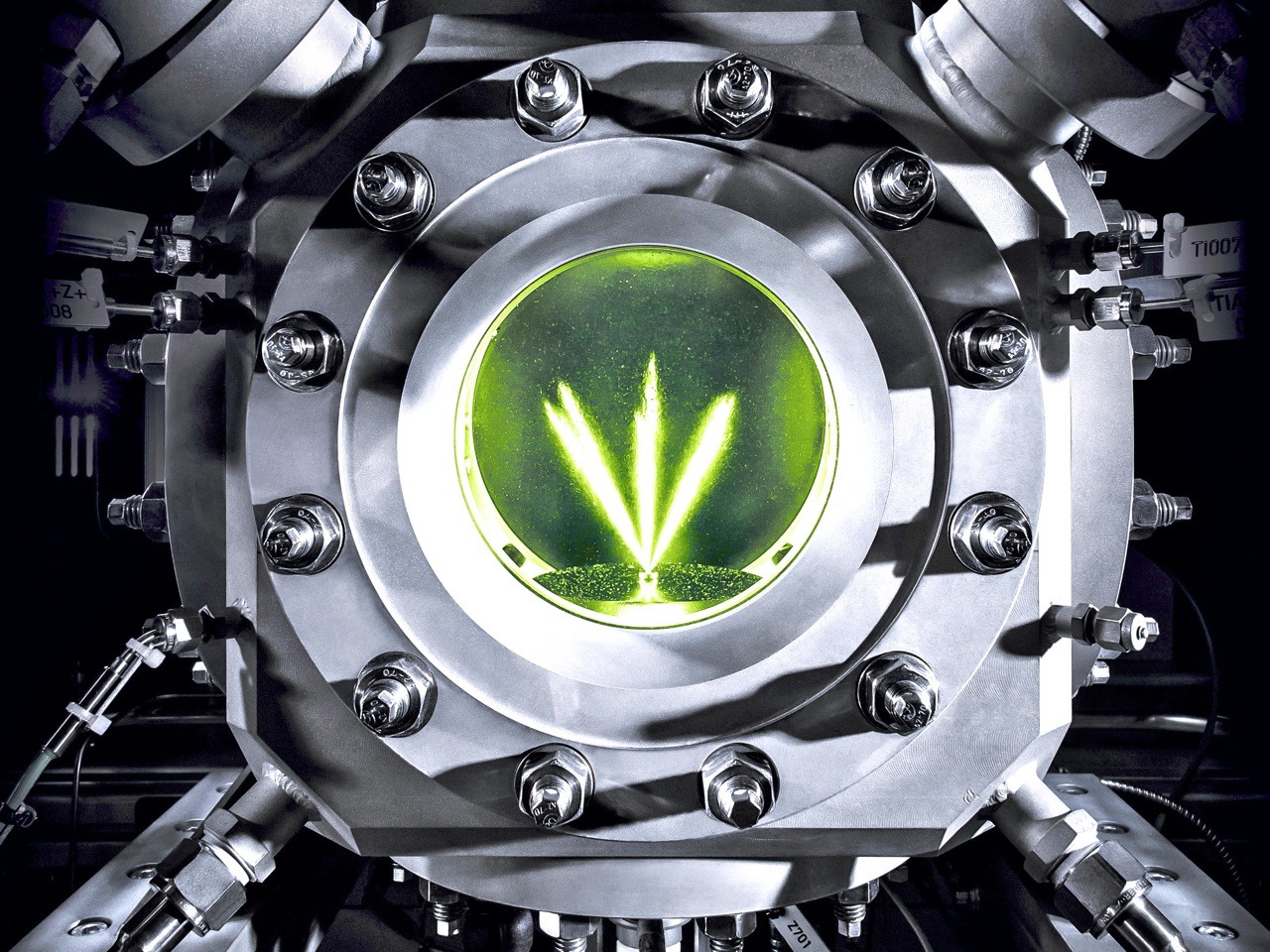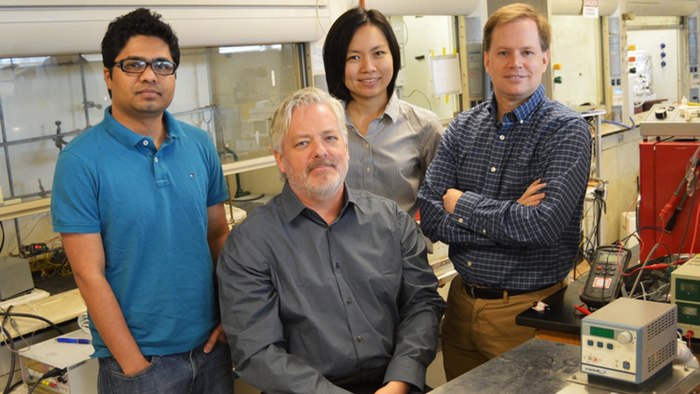
Scientists are looking for ways to remove excess carbon dioxide (CO2) from the atmosphere, so many experiments aimed at the use of this gas to create fuel. And hydrogen and methanol used in the experiments, but the processes were multi-stage and demanded the use of a variety of techniques. Now researchers at the University of Texas (Arlington, VA) demonstrated a direct, simple and inexpensive conversion of CO2 and water to liquid fuels using high-pressure, intense radiation and concentrated heating.
According to the researchers from Texas, I had a breakthrough – getting the technology stable fuel with the use of carbon dioxide from the atmosphere and the advantage of production of oxygen as a byproduct of that will have a more positive impact on the environment.
“We are the first to use and light and heat, to synthesize liquid hydrocarbons in a single stage process from CO2 and water, said Brian Dennis, Professor at UTA and scientific co-Director of the project. — Concentrated light stimulates a photochemical reaction that generates high-energy intermediates and heat to stimulate thermo-chemical reactions of carbon chain formation, thus producing hydrocarbons in a single stage process.”

To initiate the photo – and thermochemical reactions is used photocatalyst titanium dioxide, which is very effective in the UV-spectrum, but inefficient in the visible. To improve efficiency the researchers are going to create a photochemical catalyst, better matching solar spectrum. According to the research, the team suggests that the cobalt, ruthenium, or even iron can be considered as good candidates for a new catalyst.
“Our process also has an important advantage over alternative technologies for vehicles, as many of the products of our hydrocarbon reactions are the same as used in cars, trucks and airplanes, thus, will not need to change the existing system of fuel distribution,” said Frederick McDonnell, interim Dean of the faculty of chemistry and biochemistry UTA and scientific co-Director of the project.

In the future the researchers suggest that a parabolic mirror could also be used to concentrate sunlight on the catalyst in the reactor, thus providing both the necessary heat, and photoinitiation reaction without other external power source. The team also believes that any excess heat generated in the process can also be used in other aspects of solar fuel means, for example, separation and water purification.
According to the materials gizmag
